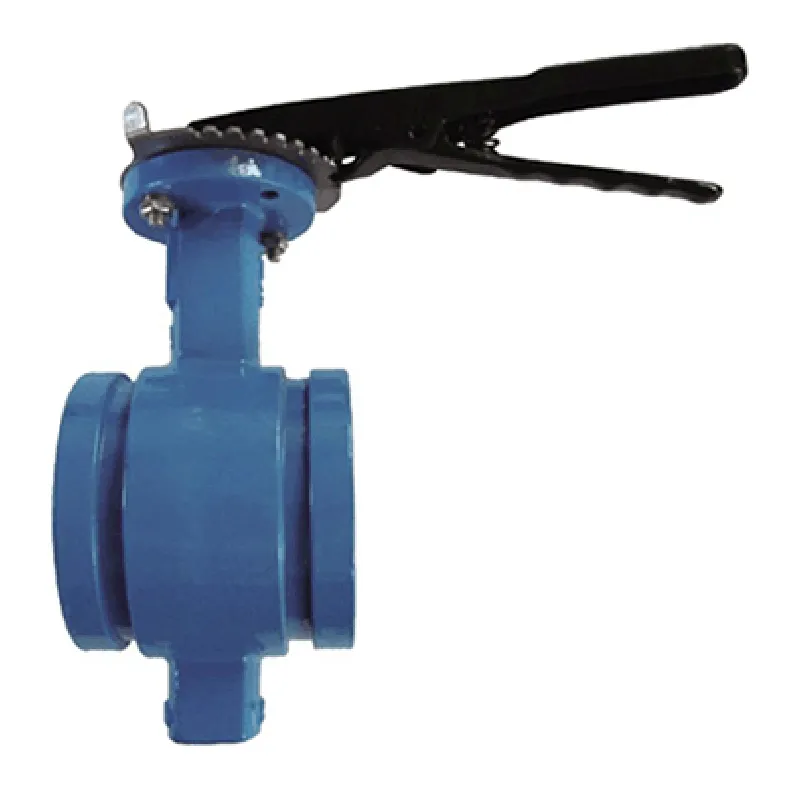ഡിസം . 13, 2024 00:58 Back to list
wafer and lugged butterfly valve
Understanding Wafer and Lugged Butterfly Valves
Butterfly valves are integral components in many industrial applications, primarily due to their compact design, lightweight nature, and ability to provide quick shut-off capabilities. They are often used to control fluid flow in pipelines and are particularly efficient in handling larger volumes of fluid. Two popular designs of butterfly valves are the wafer and lugged types. This article will delve into the characteristics, applications, and key differences between wafer and lugged butterfly valves, helping engineers and operators choose the right valve for their specific needs.
Wafer Butterfly Valves
Wafer butterfly valves are designed with a simple, slim profile that allows them to be sandwiched between two flanges in a piping system. The main body of a wafer valve does not have any external flanges, which means it relies on the existing flanges of the piping for mounting. These valves are typically lightweight, making installation and maintenance less labor-intensive and more cost-effective.
The construction of a wafer butterfly valve includes a disc, which is mounted on a shaft through the center of the valve. When the shaft is turned, the disc pivots to either allow or restrict the flow of fluid. The sealing mechanism in wafer butterfly valves is designed to ensure minimal leakage, thanks to resilient materials like EPDM or PTFE used in the seal.
Wafer valves are commonly used in applications where space is limited, or a lightweight solution is preferred. Industries such as water treatment, HVAC, and other general manufacturing processes utilize wafer butterfly valves due to their efficiency and ease of installation.
Lugged Butterfly Valves
Lugged butterfly valves, on the other hand, feature threaded lugs on either side of the valve body. These lugs allow for bolting the valve directly to the piping, providing a more secure connection. This design makes lugged butterfly valves ideal for applications where the valve may need to be removed from the pipeline without having to remove adjacent piping components.
One of the significant advantages of lugged butterfly valves is their ability to handle bi-directional flow, which makes them particularly useful in situations where the flow direction may vary. The lugged design provides more robust support and makes them suitable for high-pressure applications. The enhanced sealing capabilities are important in preventing leaks, thus ensuring the integrity of the system.
wafer and lugged butterfly valve

Lugged butterfly valves are commonly used in oil and gas, chemical processing, and other heavy-duty applications where robust construction and high-pressure ratings are needed. They are designed to withstand harsher environmental conditions and provide reliable performance over extended periods.
Key Differences
The choice between wafer and lugged butterfly valves often depends on the specific requirements of the application
. Here are a few key differences to consider1. Installation Method Wafer valves are installed between two flanges, while lugged valves are bolted directly into the piping system, allowing for easier removal.
2. Application Versatility Wafer butterfly valves are generally more suited for space-restricted applications. In contrast, lugged butterfly valves excel in high-pressure and bi-directional flow situations.
3. Weight and Size Wafer valves are typically lighter and more compact, making them easier to handle during installation. Lugged valves, while heavier, offer greater stability and durability in demanding environments.
4. Cost Wafer butterfly valves are often more affordable due to their simpler design and lower material requirements. Lugged valves may carry a higher price point due to their enhanced features and construction.
Conclusion
In conclusion, both wafer and lugged butterfly valves have their distinct advantages based on the application's specific demands. While wafer valves provide a cost-effective and lightweight solution for many industries, lugged valves offer increased robustness and versatility for high-pressure environments. Understanding the unique properties of each valve type is crucial for making informed decisions in fluid control applications. By considering factors such as installation space, pressure requirements, and budget constraints, engineers and operators can select the valve that best meets their operational needs.
Share